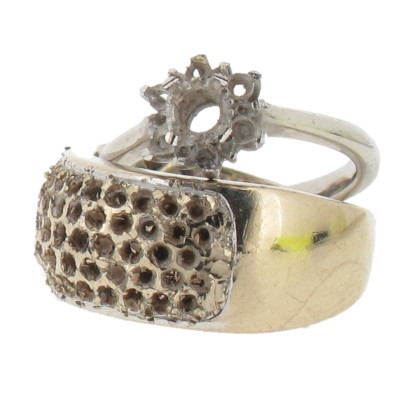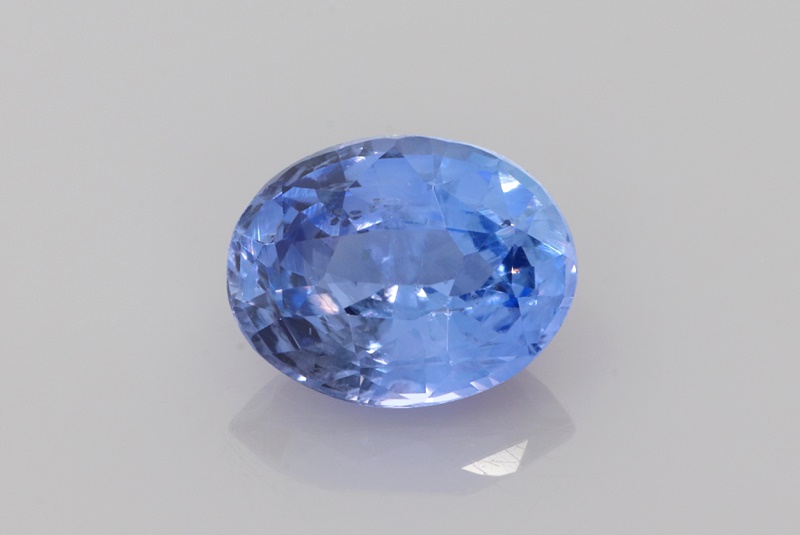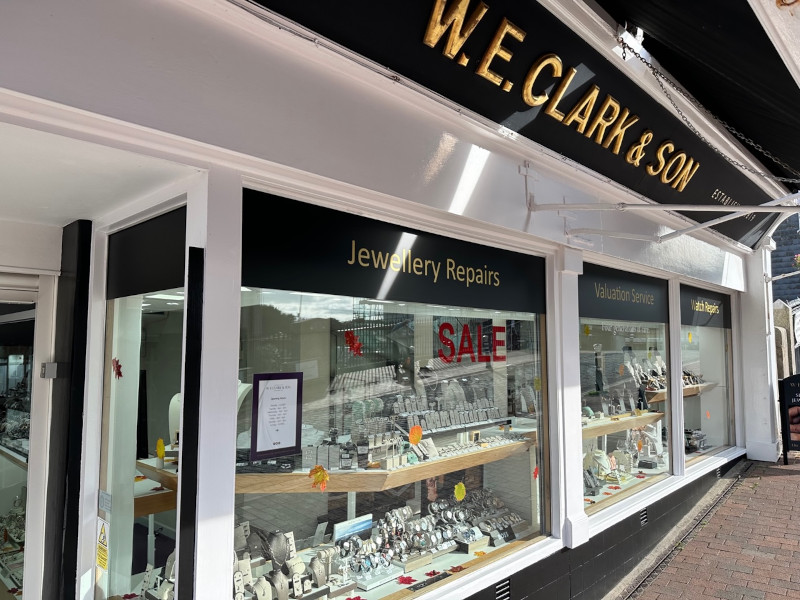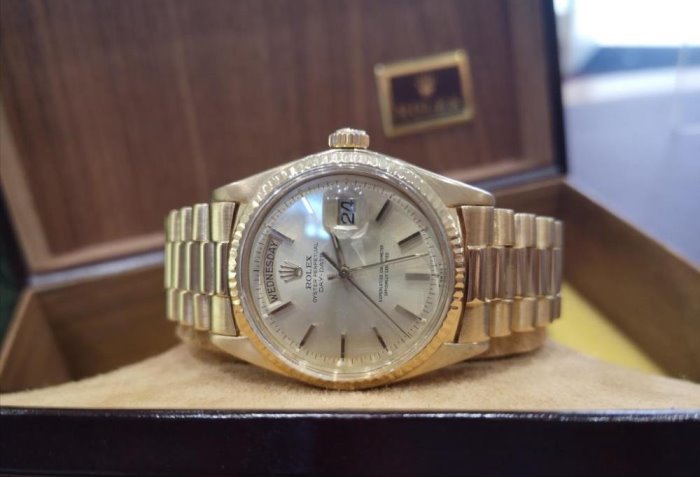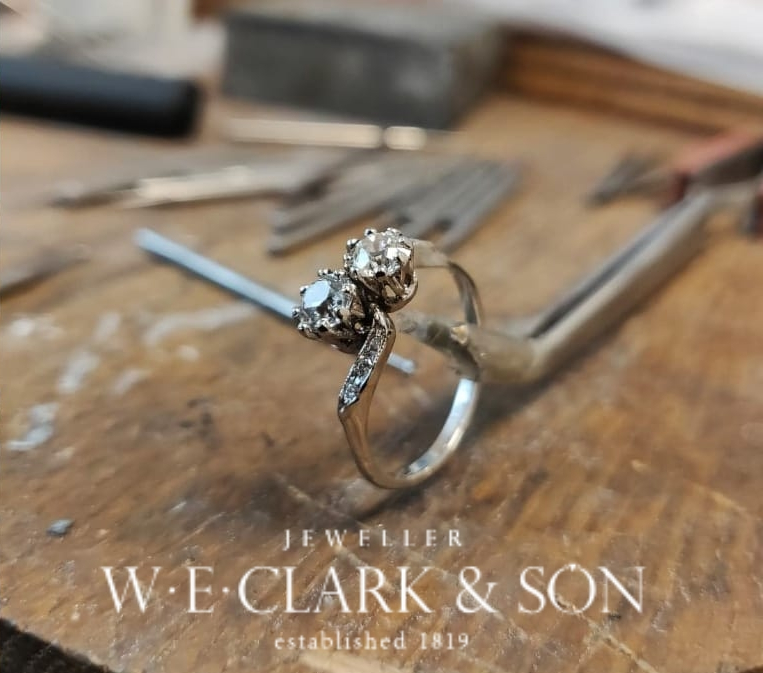October is Opal
There is no better gemstone suited to be the October birthstone than Opal. Compared by some to fireworks and galaxies this gemstone has an allure like no other.
Opals have a history of lust and intrigue going back centuries, mostly opals have been regarded as the luckiest and most magical of all gemstones because it shows all the colours at once. Opals have always been until recently, to have embodied the virtues and powers of all coloured gemstones.
Europeans have always considered Opals to be a symbol of purity, hope and truth.
The ancient Greeks thought Opals gave them the gift of prophesy and protected them from disease and illness.
It was only around the 19th century when a book was published, “Anne of Geierstein” that depicted Opals as cursed did the negative associates begin.
Opals are incredibly fragile gemstones, containing up to 20% water, trapped in its silica structure. There is a theory that negativity for this gemstone came from gem cutters getting frustrated and annoyed cutting such a delicate gemstone due to its fragility during cutting and setting.
Opals are found all around the world, mainly in countries that have or use to have seasonal rains. These seasonal rains drenched the dry ground; it soaked deep into ancient underground rock carrying silica downwards. When the dry periods came most of the water evaporated leaving solid deposits of silica in the cracks and between the layers of underground sedimentary rock. The silica deposits then form opals.
The most productive and well known Opal mines are in the semi-desert “outback” of Australia. You can also find mines in Ethiopia, Mexico and Brazil, deposits have also been found in central Europe, Indonesia, Madagascar, Peru, Turkey and the USA.
Australia’s mines began to mine opals commercially in the 1890’s, becoming the world’s main source. In 1956 the largest and one of the most valuable Opal was found in the ‘Eight Mile’ mining field in southern Australia – “The Olympic Australis” named after the Olympic games that were taking place at the time in Melbourne, this Opal is a staggering 17,000 carats and 11 inches long, with an estimated value of almost £1.5 million.
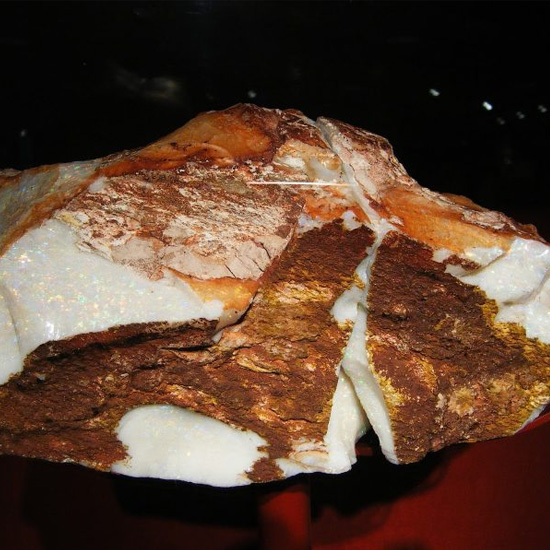
There are 5 main categories of Opals:
Black Opal – Translucent to opaque, the play of colour is against a black or very dark background.
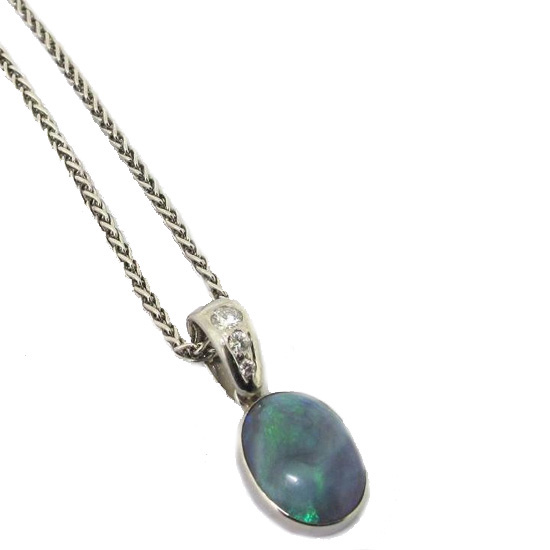
This black opal is part of our Clark Collection, set in platinum with a diamond bail - £3500.00. Click HERE to view.
White/Milky Opal - Translucent to semi-translucent, the play of colour is against a white or milky background.
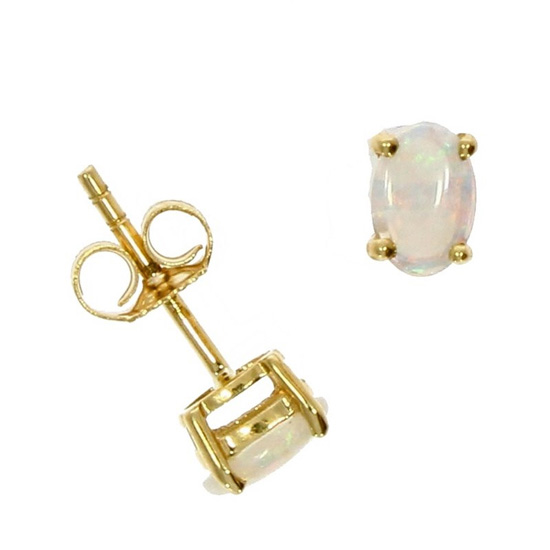
These milky opal studs are part of our Clark Collection - £215.00. Click HERE to view.
Fire Opal – Does not often show any play of colour and is a red/yellow/orange colour.
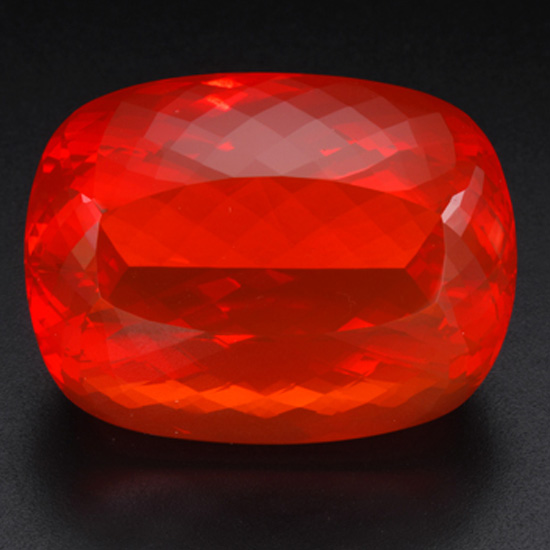
Boulder Opal – Fragments of the surrounding rock still attached.
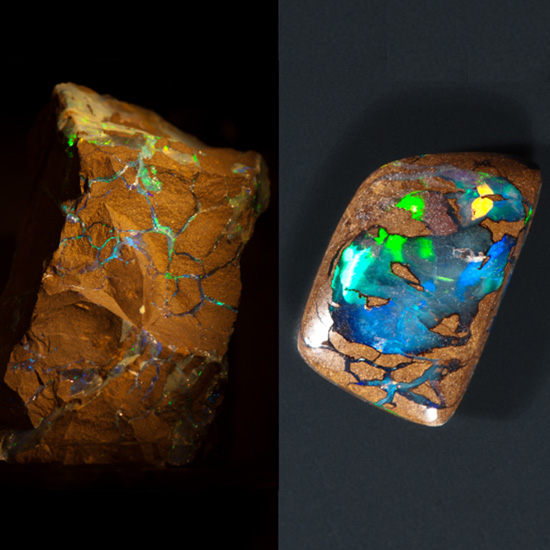
Crystal/water Opal – Transparent to semi-transparent, with a clear background and an exceptional play of colour.
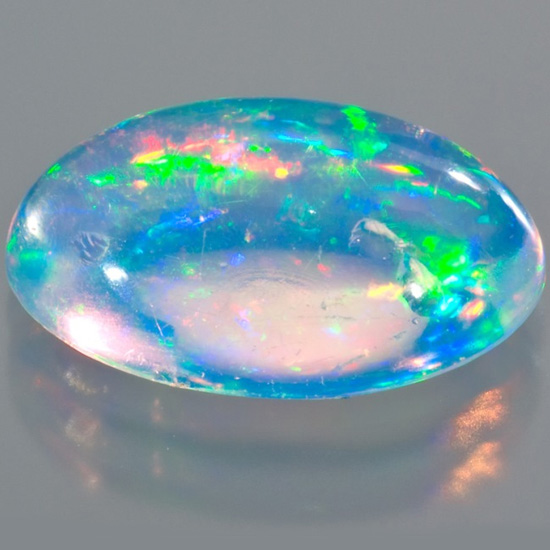
Here at W.E. Clark and Son we hand select all the gemstones for our Clark Collection. If there was a particular opal you desired set into a exsisting or bespoke setting then please do get in CONTACT with us and we would love to help.

